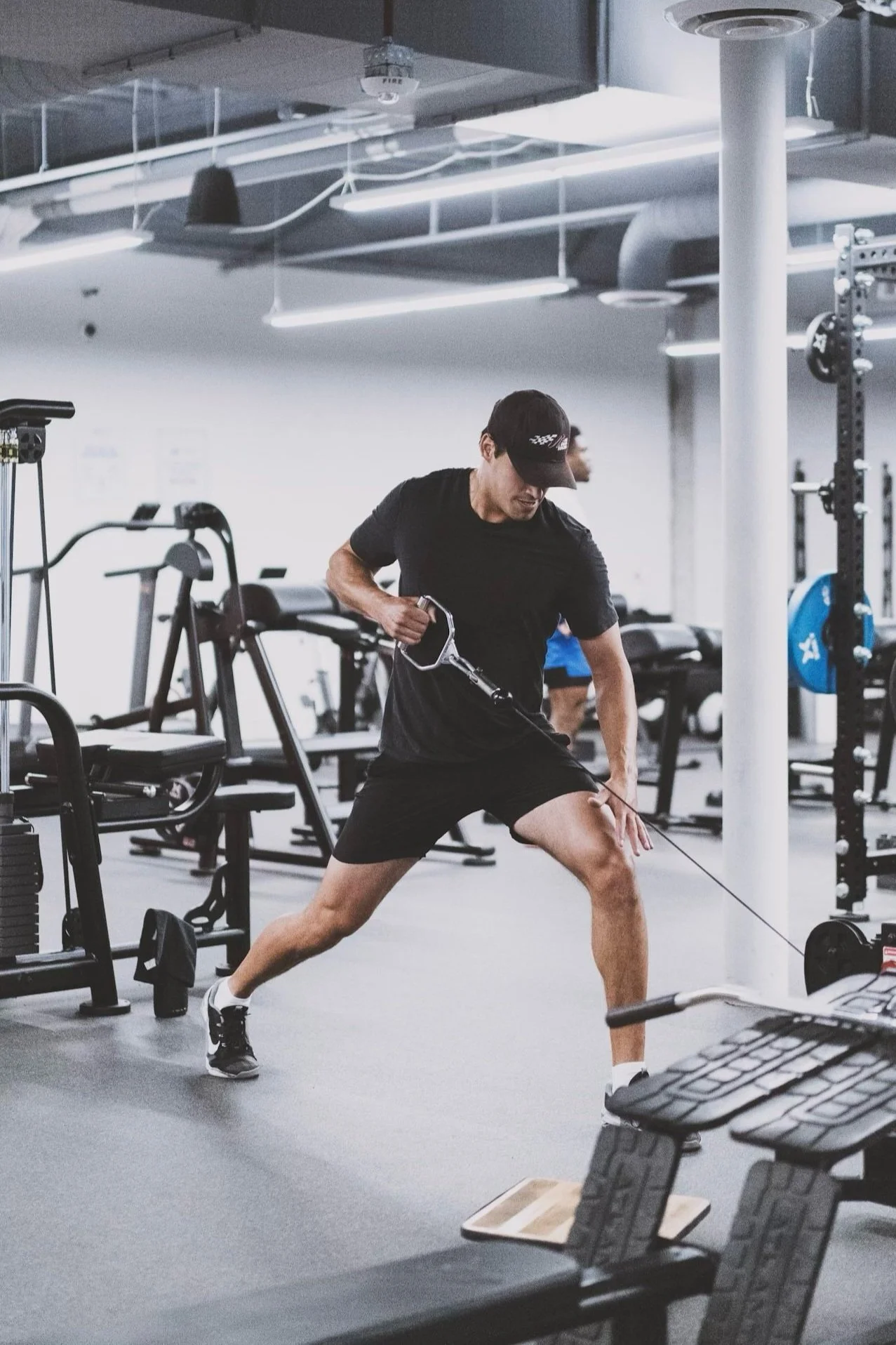How Therapeutic PT Relieves Pain and Tension
Therapeutic PT works through several biological and mechanical mechanisms to bring relief from pain and tension. Keep reading to better understand the mechanisms involved.
Muscle Relaxation and Tension Reduction
Therapeutic PT is most widely known for its ability to relax muscles and reduce tension. Balanced Body physical therapists use physical therapy exercises to target specific muscles that may be tight, weak, or overworked. Stretching exercises lengthen tight muscles, improving flexibility and reducing tension. Strengthening weak muscles improves overall body mechanics, reducing the load on overworked muscles.
Muscles and joints that are not properly aligned may lead the nervous system to cause muscle spasms. Therapeutic PT exercises retrain these muscles, promoting proper movement patterns, and reducing unnecessary muscle contractions.
When therapists employ techniques like myofascial release massage or foam rolling to target fascia and muscles, they help break up adhesions or trigger points that cause tightness and pain.
Improved Blood Flow and Healing
Therapeutic PT exercises improve blood flow to injured or tense areas. Blood delivers oxygen and nutrients that support healing and carry away metabolic waste products that can cause inflammation or pain when allowed to accumulate.
Manual therapy such as massage and joint mobilization helps reduce inflammation by encouraging lymphatic drainage and promoting the release of natural anti-inflammatory substances in the body.
Therapeutic PT Stimulates Endorphin Release
The exercise and physical manipulation that happen during therapeutic PT stimulates the release of endorphins. Endorphins are the body’s natural pain relievers. These chemicals bind to opioid receptors in the brain and block pain signals while producing a feeling of well-being.
In addition, the use of heat, cold or pressure as part of the therapy stimulates nerves and activates non-painful nerve signals that block or modulate the sensation of pain in the brain.
Joint Mobilization and Alignment
Balanced Body therapists use therapeutic PT techniques like manual therapy, joint mobilization, and targeted exercises to improve joint mobility and alignment. Stiff or misaligned joints create muscle tightness and pain. By improving joint alignment, you reduce the strain on surrounding muscles, nerves, and tissues.
If pain stems from sciatica, pinched nerves or nerve compression, therapeutic PT that stretches or strengthens related muscle groups helps by decompressing the nerve to relieve the pressure on the nerve.
Therapeutic PT Improves Posture and Reduces Muscle Spasms
Too many people experience pain and tension due to poor posture that places strain on muscles and joints. Physical therapists can focus on correcting postural imbalances to relieve stress on muscles, joints, and ligaments that contribute to pain and tension.
Therapeutic PT techniques like deep tissue massage, stretching, and dry needling release trigger points that contribute to muscle spasms. As a result, patients experience reduced pain and more normal muscle function.
Therapeutic PT in Irvine, Costa Mesa, and Newport and Laguna Beach
Balanced Body therapists offer therapeutic PT services, holistic, functional, and occupation therapy for Orange County communities.
Receive physical therapy in Irvine and reduce your travel time. In addition to in-office therapy, our therapists teach people to manage their own pain through proper body mechanics, ergonomics, and home exercises. You’ll learn to prevent additional injury, manage tension, and reduce reliance on pain medication.
Schedule a consultation for therapeutic PT in Irvine today.




